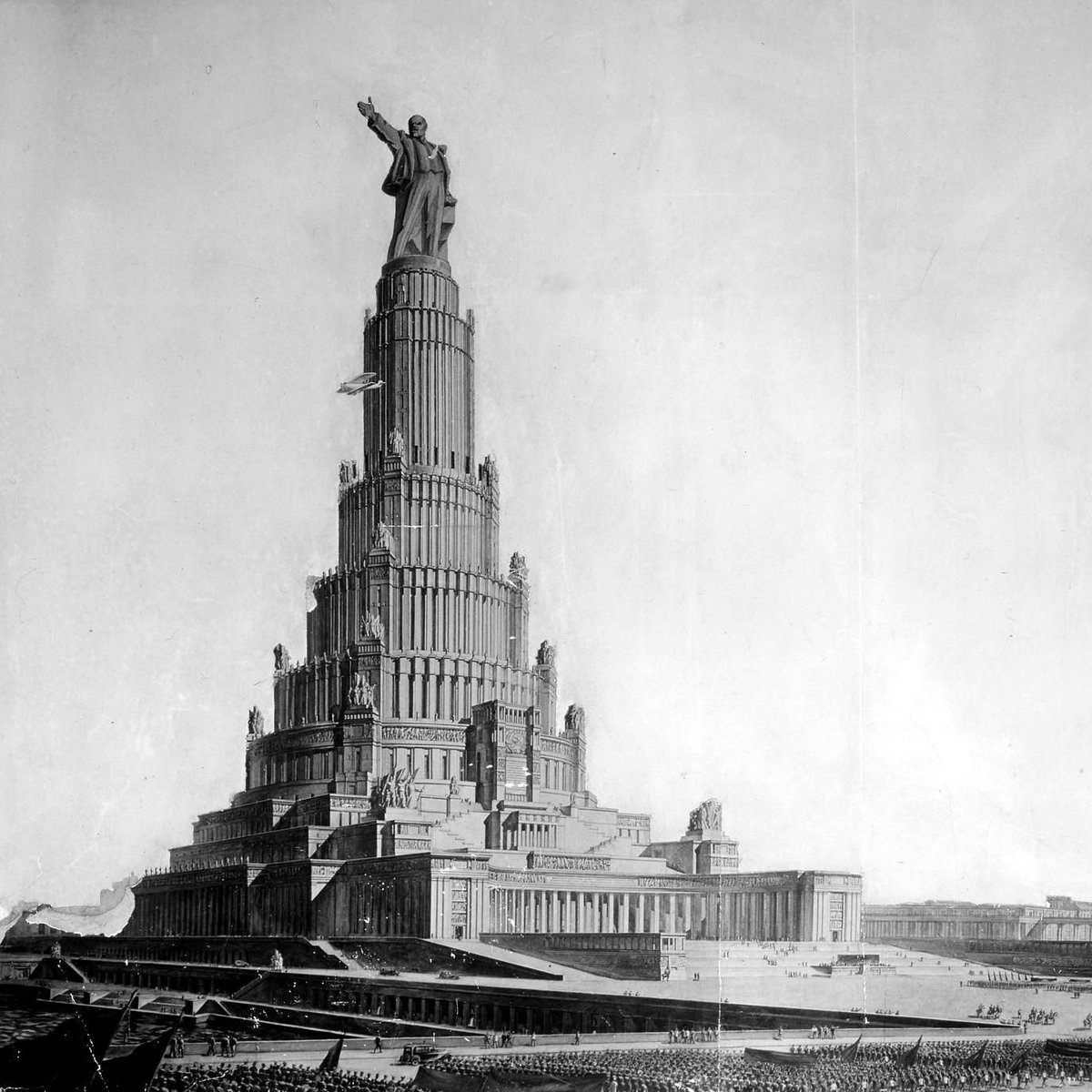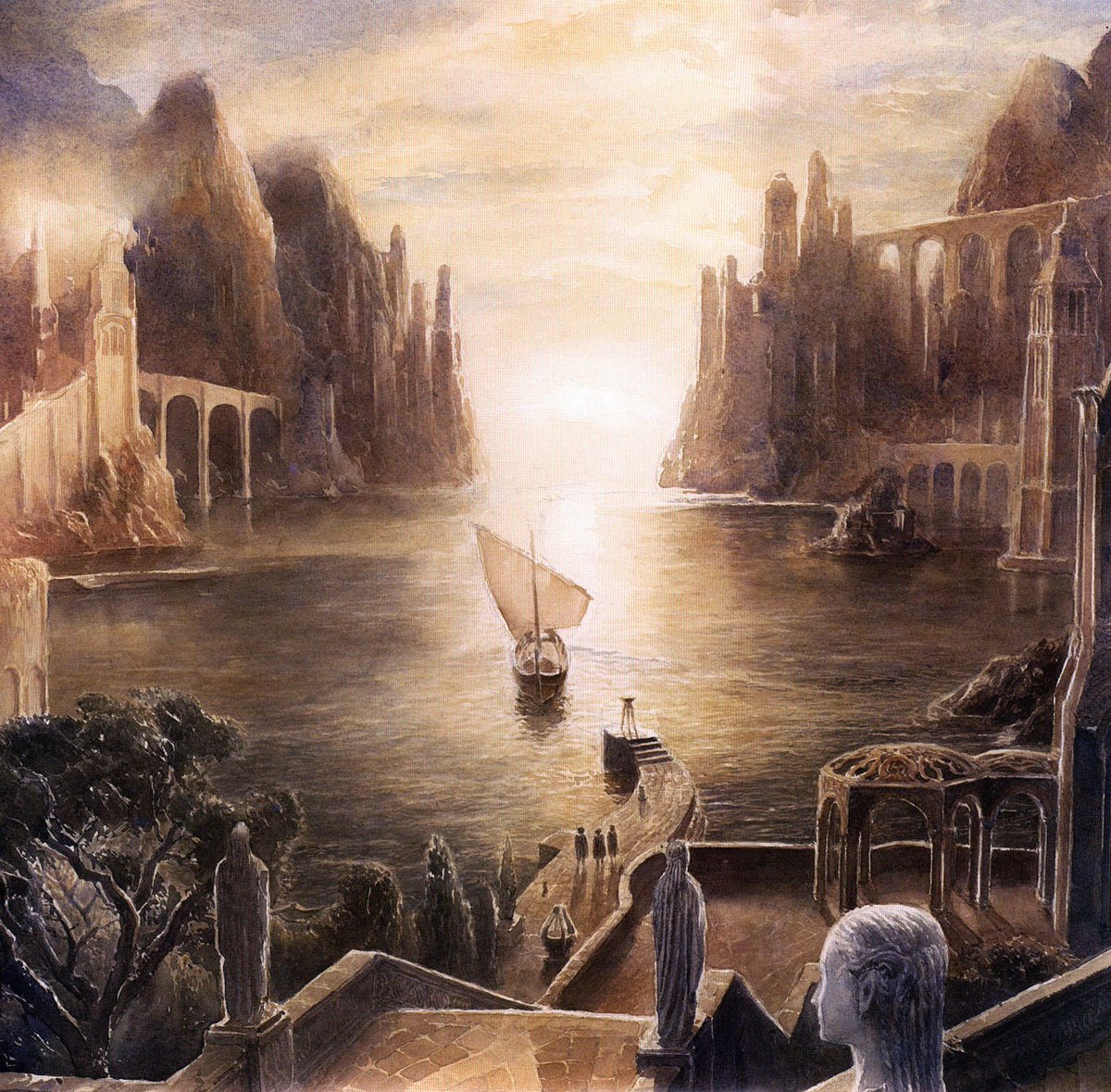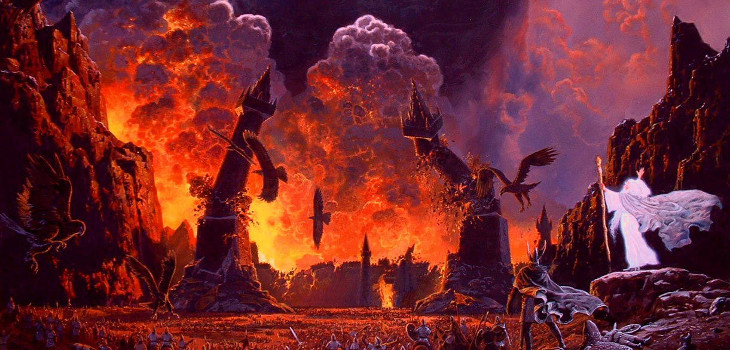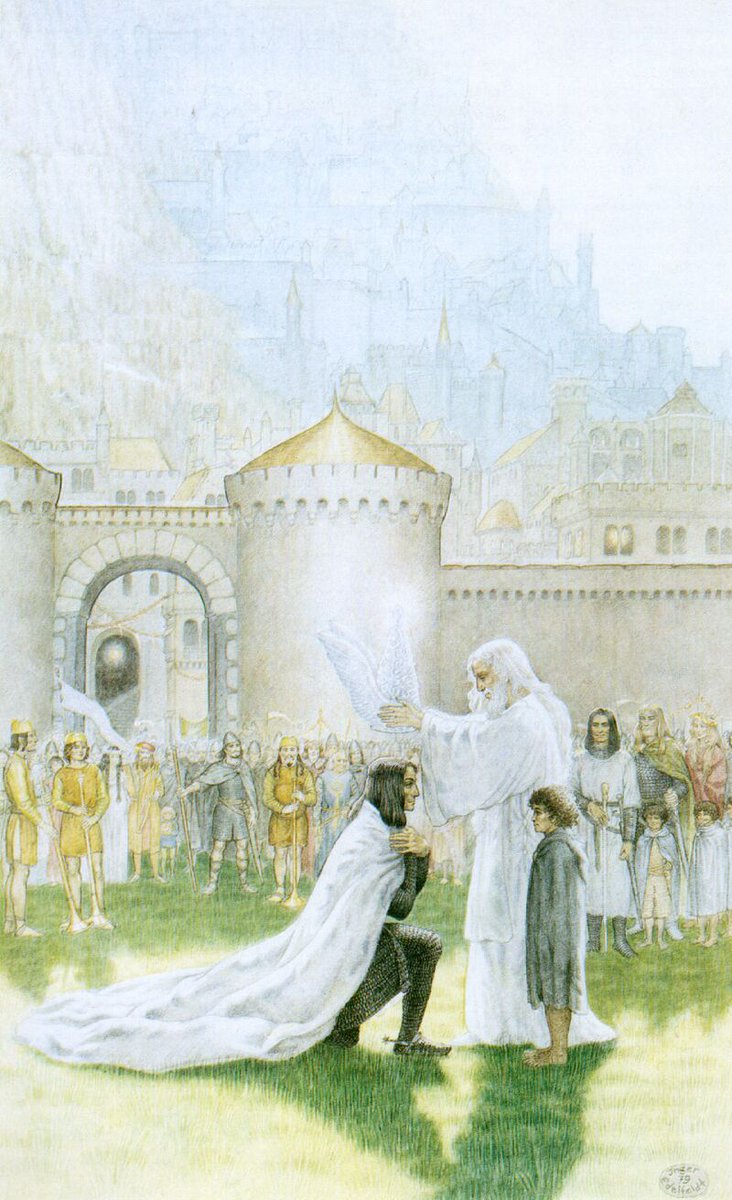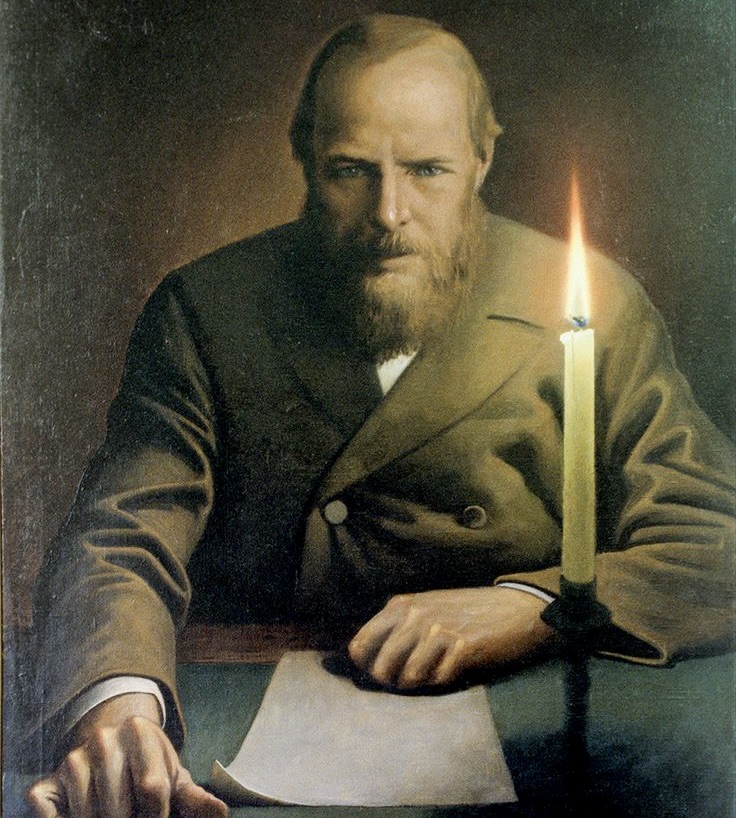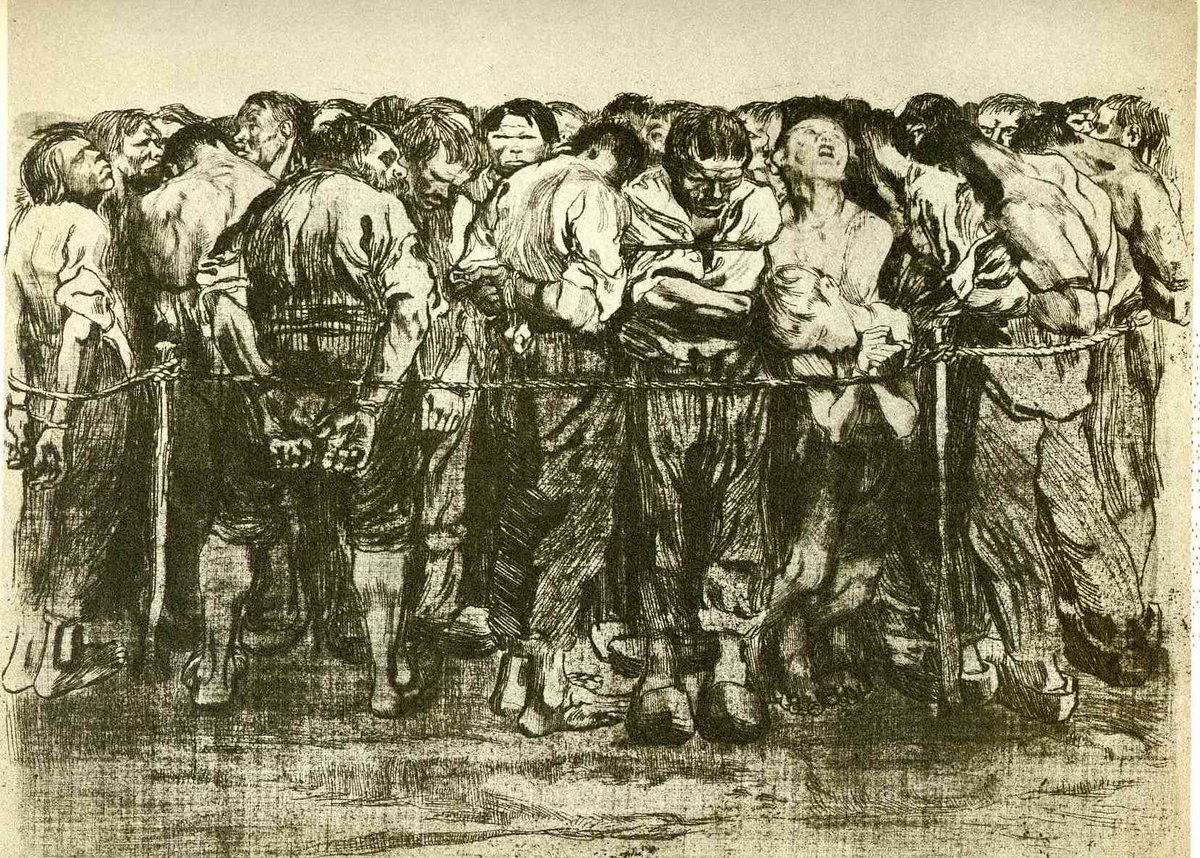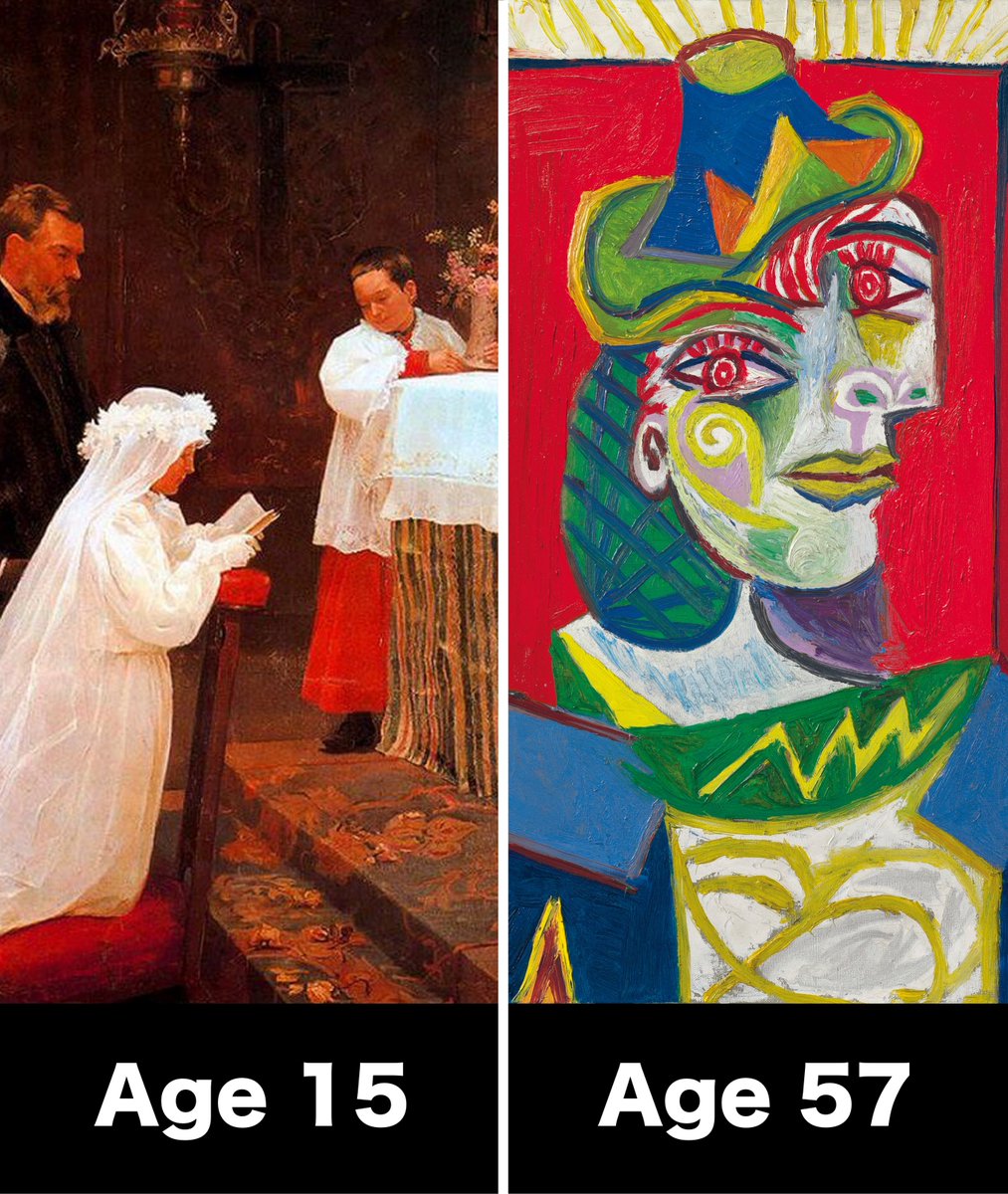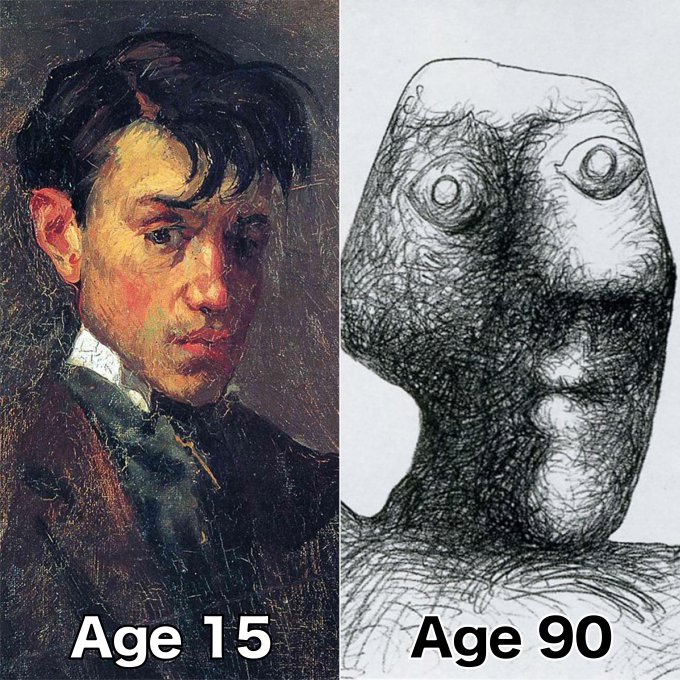1. The Palace of the Soviets, Moscow
At the heart of the grand Soviet vision for Moscow: the world's tallest structure, topped by a 300-foot statue of Lenin. Construction began in 1933 but ended in 1941 to divert resources to the war effort - upon Germany's invasion.
At the heart of the grand Soviet vision for Moscow: the world's tallest structure, topped by a 300-foot statue of Lenin. Construction began in 1933 but ended in 1941 to divert resources to the war effort - upon Germany's invasion.

Stalin demolished the wonderful Cathedral of Christ the Saviour to make way for it (as he did 400 other churches in Moscow). After the Soviet Union collapsed, it was gloriously rebuilt.




2. The Triumphal Elephant, Paris
A five-story-tall elephant was meant to stand at the Champs-Élysées. It would've had a ballroom inside big enough for an orchestra, and ears functioning as giant megaphones. 50 years later, the Arc de Triomphe was built instead.
A five-story-tall elephant was meant to stand at the Champs-Élysées. It would've had a ballroom inside big enough for an orchestra, and ears functioning as giant megaphones. 50 years later, the Arc de Triomphe was built instead.

However, this colossal statue was actually built after being conceived later by Napoleon. It stood at the Place de la Bastille, but was made of plaster not bronze (as Napoleon intended). 

3. The Illinois, Chicago
In 1957, Frank Lloyd Wright wanted to build a mile-high skyscraper in Chicago - 2x taller than the Burj Khalifa. Its feasibility was obviously questionable, but here's a modern visualization of how it would have looked.
In 1957, Frank Lloyd Wright wanted to build a mile-high skyscraper in Chicago - 2x taller than the Burj Khalifa. Its feasibility was obviously questionable, but here's a modern visualization of how it would have looked.

4. The Lincoln Memorial, Washington, D.C.
This was once a front-runner in the design contest for the Lincoln Memorial - designed by John Russell Pope and inspired by the ziggurats of Ancient Mesopotamia.
This was once a front-runner in the design contest for the Lincoln Memorial - designed by John Russell Pope and inspired by the ziggurats of Ancient Mesopotamia.

His other proposal was an Egyptian pyramid with classical porticos on each side. The plans were rejected, but Pope went on to create many of DC's Greco-Roman wonders, like the Jefferson Memorial. 

5. Hotel Attraction, NYC
New York nearly had its own Sagrada Família - Gaudí designed this skyscraper in 1908 to be the world's tallest. One theory for its cancellation is that Gaudí, a communist, fell out with the idea of building a lavish playhouse for the rich.
New York nearly had its own Sagrada Família - Gaudí designed this skyscraper in 1908 to be the world's tallest. One theory for its cancellation is that Gaudí, a communist, fell out with the idea of building a lavish playhouse for the rich.

6. Thames Embankment, London
Legendary painter John Martin drew up detailed plans in 1828 for a three-story structure and sewage system along the banks of the River Thames.
His grand vision was reflected in his masterpiece, "Pandemonium" - a depiction of Hell in Paradise Lost.
Legendary painter John Martin drew up detailed plans in 1828 for a three-story structure and sewage system along the banks of the River Thames.
His grand vision was reflected in his masterpiece, "Pandemonium" - a depiction of Hell in Paradise Lost.

7. Newton's Cenotaph
In 1784, French architect Étienne-Louis Boullée designed a giant funerary monument for Isaac Newton. It would have been a perfect sphere of immense scale, taller than the Great Pyramid.
In 1784, French architect Étienne-Louis Boullée designed a giant funerary monument for Isaac Newton. It would have been a perfect sphere of immense scale, taller than the Great Pyramid.

Small holes in the dome would have created a starry sky effect in daytime. At night, the interior lighting would shine through the exterior.
Boullée's idea was a visionary ode to the Enlightenment, but not a serious proposal - unsurprisingly it was never attempted.
Boullée's idea was a visionary ode to the Enlightenment, but not a serious proposal - unsurprisingly it was never attempted.

If threads like these interest you, you NEED my weekly newsletter (it's free) 👇
culturecritic.beehiiv.com/subscribe
culturecritic.beehiiv.com/subscribe
Instead of a monument to Lenin, Moscow built back its monument to God. Here's the new Cathedral of Christ the Saviour, completed in 2000: 

• • •
Missing some Tweet in this thread? You can try to
force a refresh

